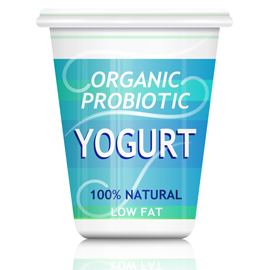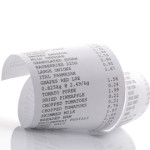Two to three weeks after surgery, you will probably begin Stage II of your post-op diet. This is known as the full liquid diet and consists of 1 to 2 ounce meals, 3 to 5 times per day.

Because you’re getting all of your calories in liquid form, it’s a good idea to find a liquid meal replacement that can provide you with adequate nutrients. You may try Glucerna, No Sugar Added Carnation Instant Breakfast (mixed with skim milk), or Slimfast High Protein. It’s a good idea to sip on these all day long and aim for 4 to 5 cans or servings per day.
In addition to meal replacement drinks, in a Full Liquid Diet you may also have:
- Low-Calorie Fluids: To stay properly hydrated, you need at least 48 to 64 ounces of fluids per day. While water is best, you can also have sugar-free flavored water, coffee, sugar-free tea, Propel, Crystal Light, sugar-free Kool-Aid, sugar-free popsicles, and chicken, beef, or vegetable broth.
- Juices: Limit yourself to 4 to 8 ounces of juice per day. Acceptable juices include grape, apple, cranberry, pineapple, orange, or grapefruit juice, as well as sports drinks like PowerAde.
- Refined Cooked Cereals: Limit portion sizes to 1 to 2 ounces. Soft cereal options include cream of rice, cream of wheat, and thin grits cooked with lots of water or milk.
- Strained Soup: Limit portion sizes to 1 to 2 ounces. Cream soups are acceptable at this stage, but you’ll want to avoid tomato or bean soups.
- Milk or Yogurt: Aim for 2 cups, or 16 grams of protein. Acceptable dairy products include skim or 1% milk, buttermilk, soy milk, Lactaid, or sugar-free smooth yogurt.
Additional food items that you can have during Stage II include sugar-free pudding, egg custard, or sugar-free gelatin. You may also need to take a protein supplement to ensure you’re getting adequate protein. You should aim for about 60 grams of protein every day from a combination of supplements and dairy products.
During the Full Liquid Diet, it’s important to practice reprogramming your swallowing center. Take 5 minutes to consume 1 ounce of food or drink. Avoid drinking 15 to 30 minutes before eating and 30 to 60 minutes after you’ve completed your meal.
Full Liquid Diet: Sample
A day’s meal plan during Stage II of your post-op diet might look something like this:
- Breakfast: 1 to 2 ounces of thin grits with ¼ teaspoon margarine and sprinkled salt.
- Beverages after breakfast: 1 cup fat free milk and 8 ounces of water; protein drink (20 grams of protein)
- Morning Snack: 1 to 2 ounces of sugar-free egg custard
- Lunch: 1 to 2 ounces of strained cream of mushroom soup
- Beverages after lunch: 16 ounces of Crystal Light; protein drink (20 grams)
- Afternoon Snack: 1 to 2 ounces of sugar-free pudding
- Dinner: 1 to 2 ounces of sugar-free vanilla yogurt
- Beverages after dinner: 1 cup of fat-free milk and 8 ounces of water
This stage usually lasts about one week, but your body will guide you as to when you’re ready to comfortably move on to the next stage.

